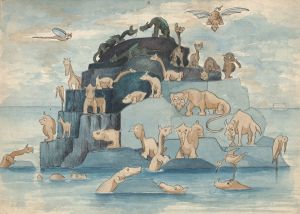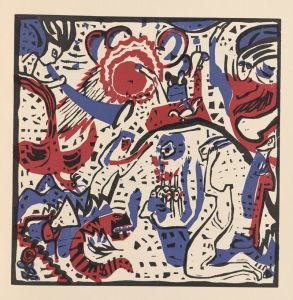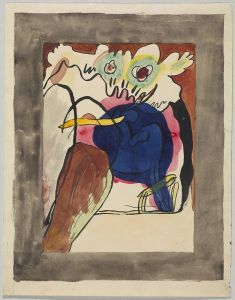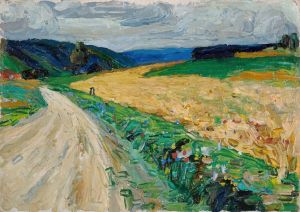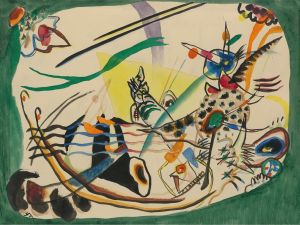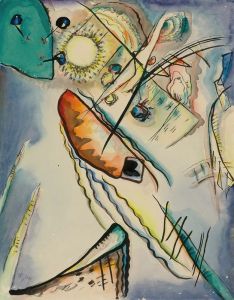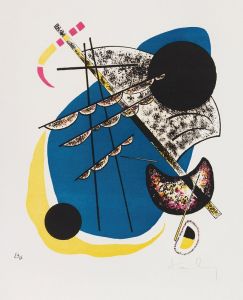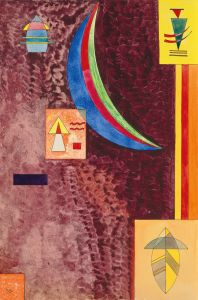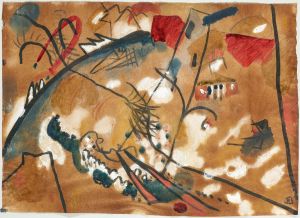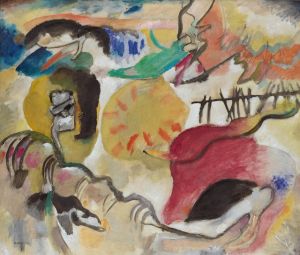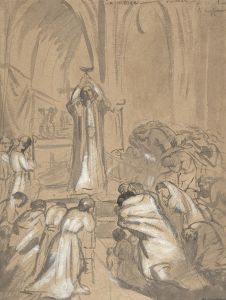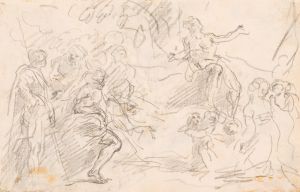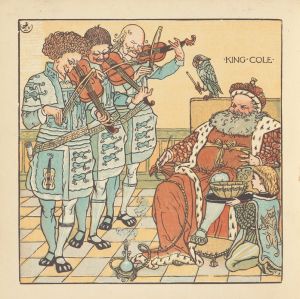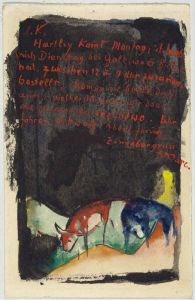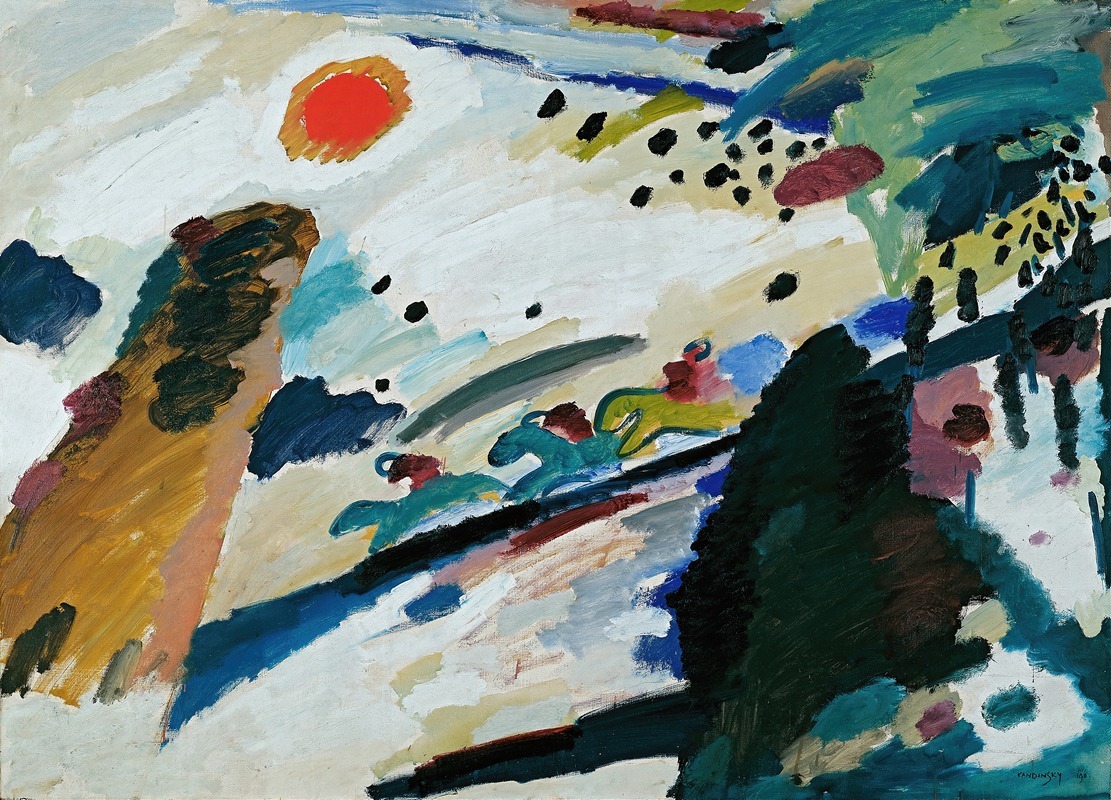
Romantic landscape
A hand-painted replica of Wassily Kandinsky’s masterpiece Romantic landscape, meticulously crafted by professional artists to capture the true essence of the original. Each piece is created with museum-quality canvas and rare mineral pigments, carefully painted by experienced artists with delicate brushstrokes and rich, layered colors to perfectly recreate the texture of the original artwork. Unlike machine-printed reproductions, this hand-painted version brings the painting to life, infused with the artist’s emotions and skill in every stroke. Whether for personal collection or home decoration, it instantly elevates the artistic atmosphere of any space.
Wassily Kandinsky, a pioneering figure in abstract art, is renowned for his innovative approach to painting that transcended traditional boundaries. However, there is no widely recognized work titled "Romantic Landscape" attributed to Kandinsky. It is possible that the title may refer to a lesser-known piece, a misattribution, or a work under a different name. Kandinsky's oeuvre is extensive, and his works are often categorized by their stylistic periods, including his early works, the Munich period, the Bauhaus period, and his later Paris period.
Kandinsky's early works were influenced by Impressionism and Post-Impressionism, where he explored the use of color and form to evoke emotion. During his time in Munich, he co-founded the influential art group Der Blaue Reiter (The Blue Rider) with Franz Marc, which played a crucial role in the development of Expressionism. This period marked a transition from representational art to abstraction, as Kandinsky began to focus more on the emotional and spiritual resonance of colors and shapes.
In his theoretical writings, such as "Concerning the Spiritual in Art" (1911), Kandinsky articulated his belief that art should express the inner life of the artist and evoke a spiritual response in the viewer. He viewed colors as having intrinsic meanings and emotional associations, which he sought to convey through his compositions.
Kandinsky's landscapes, particularly from his early period, often depicted natural scenes infused with vibrant colors and dynamic forms. These works reflect his interest in the emotive power of color and his desire to capture the essence of nature rather than its literal appearance. His landscapes are characterized by bold brushstrokes and a sense of movement, which convey the artist's emotional response to the natural world.
As Kandinsky's style evolved, he moved further away from representational art, embracing abstraction as a means to explore the spiritual and emotional dimensions of painting. His later works are marked by geometric shapes, complex compositions, and a more systematic approach to color and form. These abstract compositions are considered some of his most significant contributions to modern art.
While specific information about a painting titled "Romantic Landscape" by Kandinsky is not available, his body of work includes numerous landscapes that embody his innovative use of color and form. Kandinsky's legacy as a pioneer of abstract art continues to influence artists and captivate audiences worldwide. His exploration of the relationship between color, form, and emotion remains a foundational aspect of modern art theory and practice.





